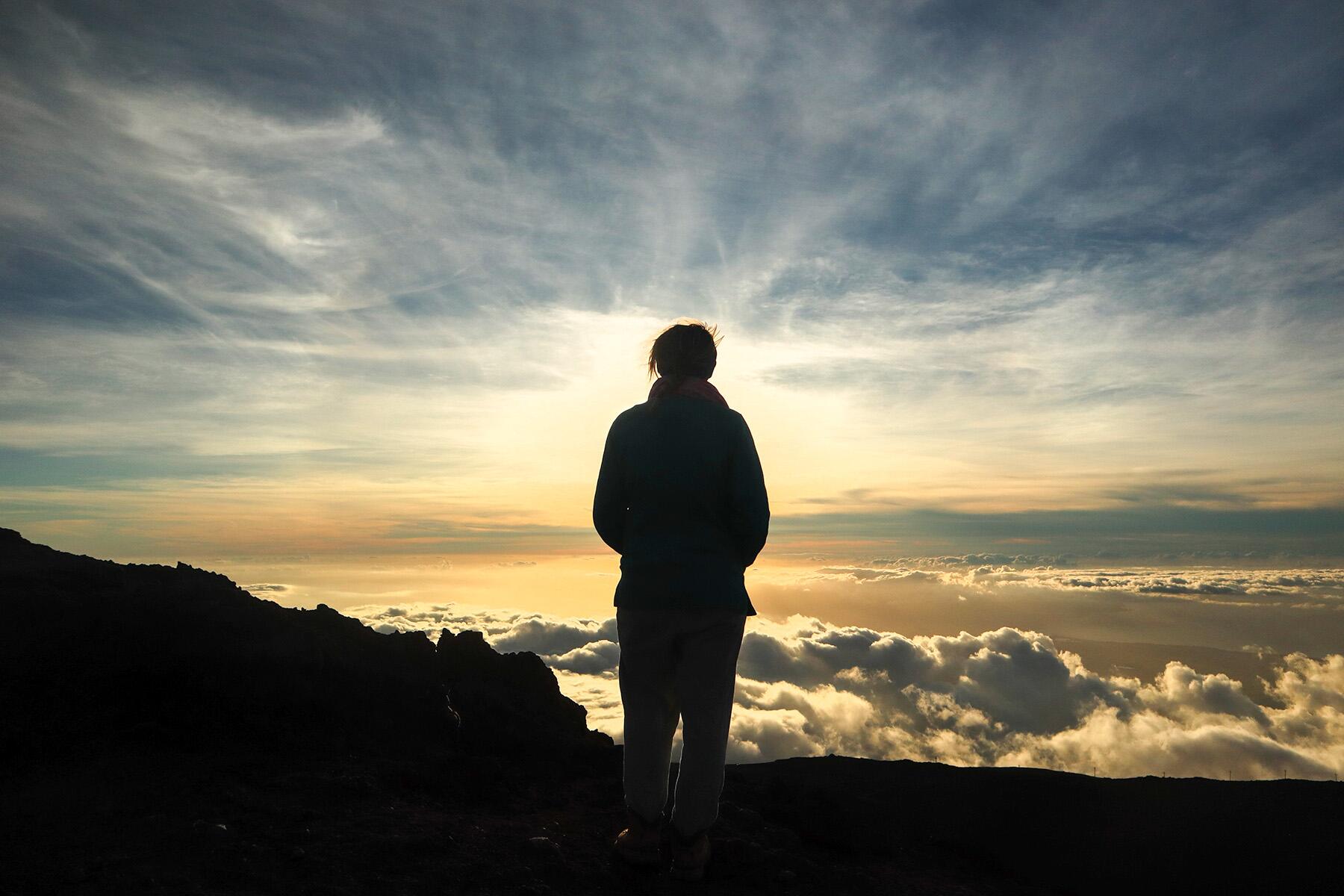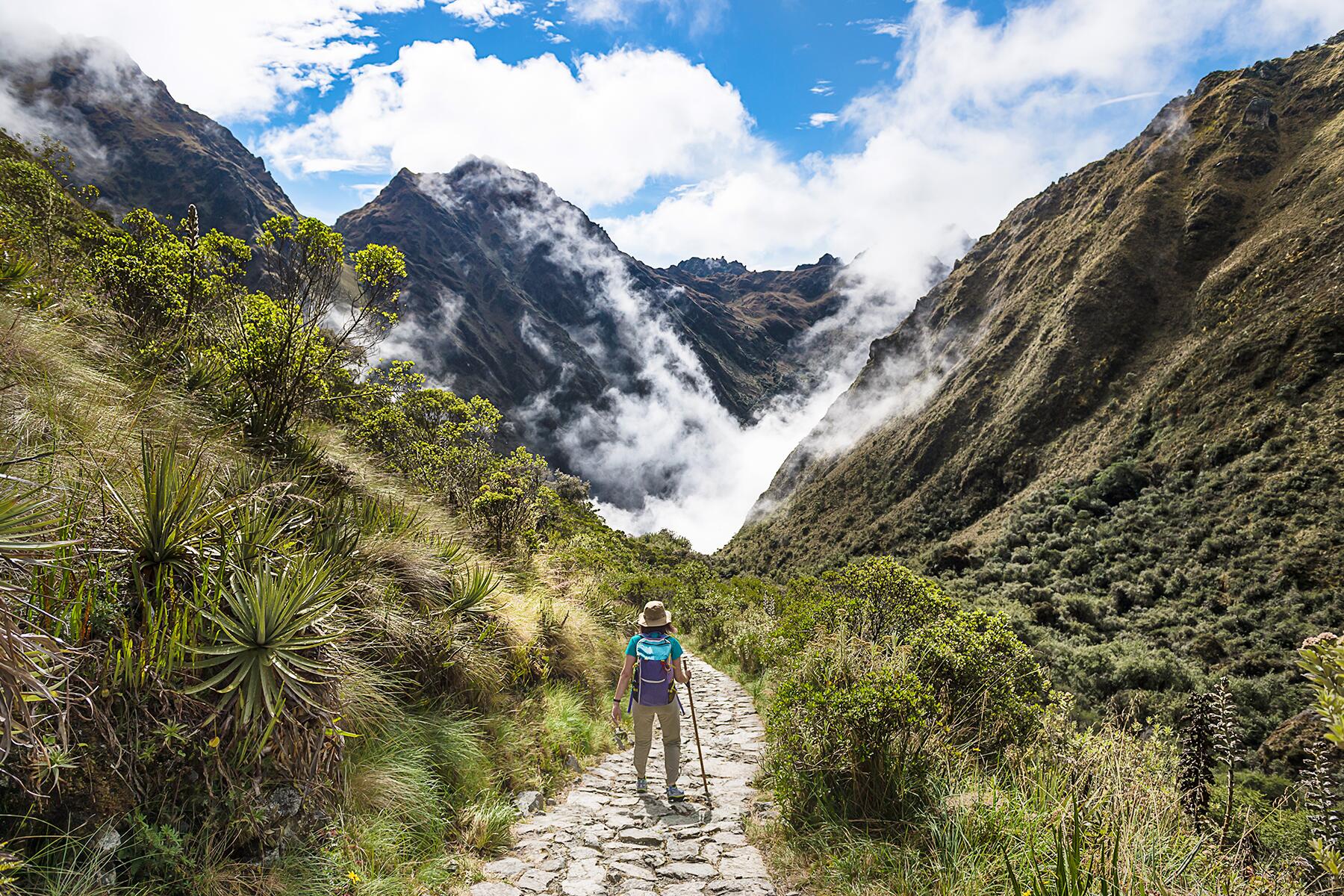Altitude sickness is never fun, but with these tips, you can better manage the symptoms.
For a long time, I thought altitude didn’t affect me. I’ve been in the mountains in Uganda, the Andes in Patagonia, and up in high tea farms in China. And I’ve always been fine.
That is until I went to Breckenridge, a Colorado mountain town that’s distinctively quirky (check out the troll sculpture and arts district), part of the massive Vail skiing conglomerate, and 9,600 feet above sea level.
I was surprised to find that I was extra tired and nauseous after the first day. I had a near-constant headache and muscle pain and couldn’t breathe deeply. I ate less, likely due to altitude-induced anorexia. I couldn’t sleep. And I was constantly shaky. I couldn’t even hike (which I love to do) because every step further up made me feel dizzier and more ill.
After checking with my unendingly patient fiancé to see how he feels when he has altitude sickness, the anxiety that I was having three heart attacks at once slowly faded to grim acceptance that I was, indeed, suffering from altitude sickness. And let me tell you, it did not quit. I tried nausea pills and painkillers and forced myself to eat even though I wasn’t hungry. Nothing helped.
Recommended Fodor’s Video
“There is less oxygen in the air as one ascends to high altitude,” explains Dr. Peter Hackett, a clinical professor at the University of Colorado’s Altitude Research Center. “Less oxygen in the air means less in the lungs and in the blood, and this deficit of oxygen causes the symptoms. For example, a headache is caused because the blood vessels in the brain dilate in order to increase flow and get more oxygen. The shortness of breath is because breathing increases in order to get more oxygen into the blood. Sleep is disturbed due to a direct effect of lower oxygen on brain sleep centers.”
Descending to a lower altitude was not an option, so I had to deal with it. And eventually, I found something that worked for me (more on that in a bit). If you’re in the same situation I was, try these methods to help yourself conquer the mountain of altitude sickness that just won’t quit.
Acupuncture
My altitude recovery happened in two parts. The first was an acupuncture session. I popped over to Be Your Own Guru Wellness Center, a new shop in downtown Breck, originally for a chakra reading. The cards were scarily accurate (what jerks), and afterward, we discussed my altitude sickness. Katherine Grimm, the owner, thought she could help with acupuncture and guided meditation. I laid down on the floor on a yoga mat with a pillow under my head while she put the pins in five different places on each ear. Then Grimm led me through a 10-minute meditation to bring awareness to my body and ground myself in Breckenridge’s aura. I’m not sure if it was the acupuncture, the meditation, or my sheer exhaustion that did it, but I felt amazing and incredibly relaxed after that session.
Ear Seeds
Following the acupuncture, Grimm helped my healing along to the finish line with ear seeds. These are essentially tiny metal beads backed with adhesive pads that are placed onto acupressure spots on your ears. Discuss with your practitioner where they’ll go. I got five in each ear, right where the needles had been. Grimm gave me the choice of clear ones or ones that look like gems—the choice was obvious, and I spent the next two weeks with colorful ears.
Your ear seeds will fall off “once they’ve completed their job,” Grimm told me. And it’s true, the ones that were for altitude specifically only fell off once I’d returned to a lower elevation. The ear seeds were honestly the key to my recovery. As soon as Grimm put them on, all traces of altitude sickness disappeared. I felt great. No pain, no dizziness, no nausea. I could eat again, as well. These little seeds are now my official recommendation for anyone suffering from altitude sickness.
Hydrate
When you’re at a higher elevation, you need to drink more water than you might think. Hackett notes that you’ll need about a liter to a liter-and-a-half more water every day than you typically drink. It’s because high altitudes have less oxygen, so you’re breathing quicker and taking shallower breaths, and that contributes to higher rates of water loss through your lungs. Replenishing your electrolytes is especially important, so consider investing in some hydration tablets or low-sugar sports drinks.

Oxygen
You may think those oxygen shops scattered throughout mountain towns are a gimmick, but they actually work. Hackett notes that since a lack of oxygen is causing the issue, having an oxygen treatment of two hours or more should help even you out. You can also buy oxygen cans, though they may not work.
My charming but curmudgeonly transfer driver from the airport to my hotel informed me, “the cans are useless and only good for whippets,” as in misusing the internal nitrous oxide charger as a recreational drug. Sampling the oxygen can in the hotel room, I was similarly unimpressed. I felt great for about two seconds but then worse afterward because I’d tasted sweet fleeting relief from my symptoms. So either go to an oxygen bar or, if nothing else has worked, Hacket suggests asking your doctor for a steroid prescription, especially when the altitude sickness is severe.
Remember, you don’t necessarily need to use any of these treatments at all. And, as always with anything medical, talk to your doctor first. Worst case: If you’d rather just deal with it, you’ll probably be better in a few days as you acclimate to the elevation.
Related: How to Master Your Motion Sickness While Traveling



